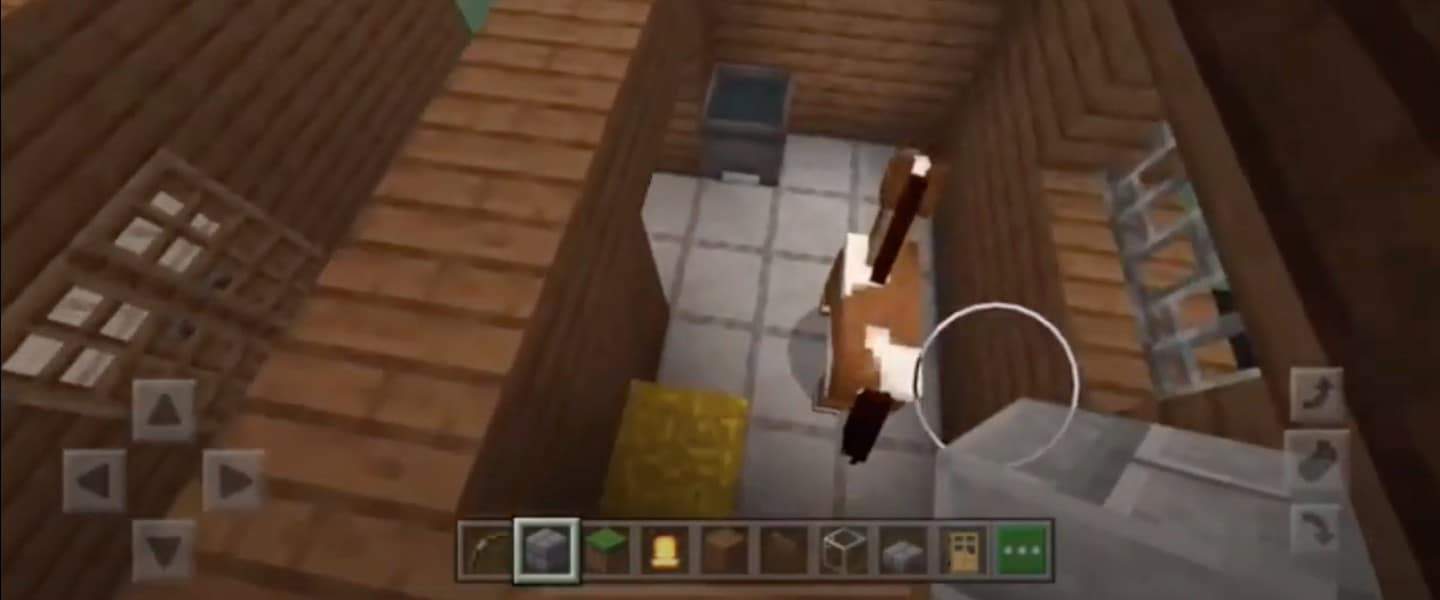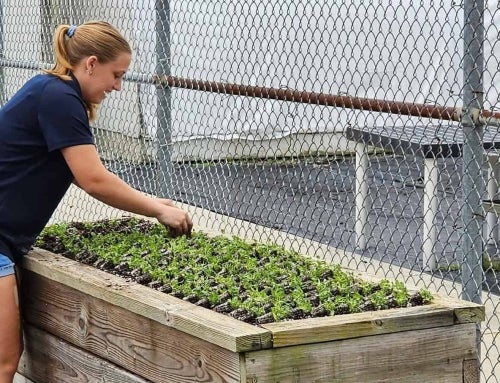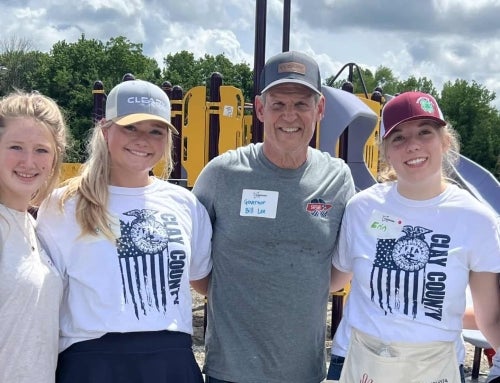Alex Gardner spent most of his time during an equine facilities unit playing video games. Using the online video game Minecraft, he designed a virtual barn complete with a tack room, feed room and stalls that opened to landscaped paddocks and an oval racetrack.
“I’m a visual learner,” Gardner says. “Once I saw it come together in Minecraft, the lesson made a lot more sense to me.”
Fallon Jackson, FFA advisor and agriculture teacher at Locust Trace AgriScience Center in Lexington, Ky., learned about using Minecraft Education Edition to teach agriculture from a National FFA email. She hoped that having students design their own equine facilities using Minecraft would be an interactive virtual learning opportunity during the COVID-19 pandemic.
“Students loved it and went above and beyond on their assignments,” Jackson says. “Their personalities really came through in their designs, and they told us, ‘The project didn’t feel like work, but I learned so much.’”
The agriculture education program at Locust Trace has a strong equine focus. Asking students to design equine facilities – whether stables, boarding facilities or racetracks – was a perfect match for the curriculum.
Locust Trace FFA member Kat Watson admits to experiencing Zoom fatigue during online learning, yet she didn’t mind devoting a little extra screen time to developing an equine boarding facility in Minecraft.
“It allowed me to express things I wouldn’t have thought of if I were designing a facility with a pen and paper or a slideshow,” Watson says.
In fact, most students loved the assignment. It had the highest completion rate of any assignment in the class, and students went all out designing their facilities.
As part of the assignment, students created video tours of their facilities, explaining the reasons for choosing each component in the design. For Locust Trace FFA advisor, agriculture teacher and 2021-22 National Teacher Ambassador for FFA Logan Layne, listening to students explain their design decisions was proof that the assignment met all the learning objectives.
“It made it very easy for us to grade these assignments,” Layne says. “All you had to do was listen to the explanations students provided during the video tours of their virtual worlds to tell they truly knew what they were talking about.”
Gardner and Watson enjoyed the assignment so much they are already thinking about how Minecraft could be incorporated into other classes, including principles of agriculture science and greenhouse technology.
“In our cattle facilities lesson we learned about four different kinds of facilities,” Gardner says. “If we’d been able to use Minecraft to re-create those, I would have understood them much better.”
For a bit of friendly creative competition, Minecraft Education also offers classroom challenges where students are given a problem to solve by creating their solution in the Minecraft world. Students that enter to compete with other students from all over the world.
Learn how to use Minecraft in your classroom, and see your students’ creativity soar.
To get started using Minecraft Education Edition, visit https://education.minecraft.net/get-started.












